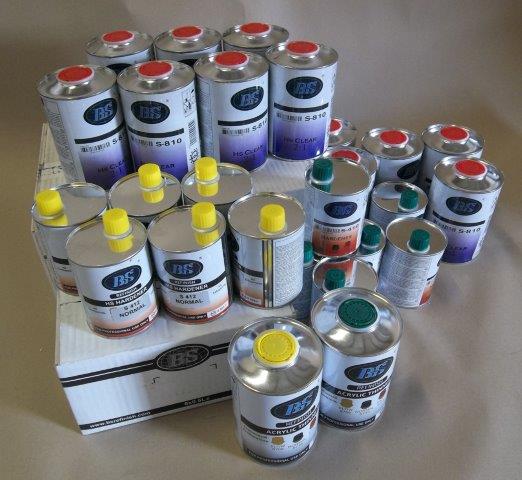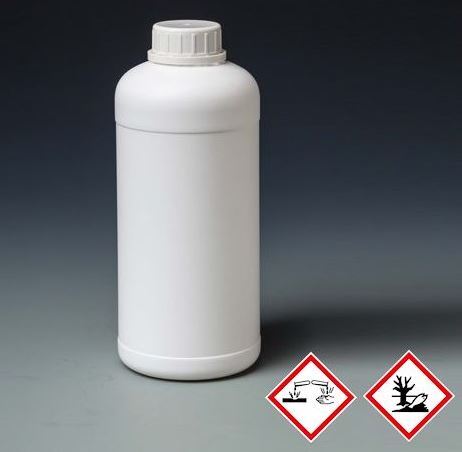 Thinners and solvents for automotive paint chemistry
Thinners and solvents for automotive paint chemistry
They necessarily enter into the composition of solvent-based car paints. Even though water is also actually a solvent, in common parlance of chemistry and car painting fashion, only organic-type solvents are considered.
Painters call them "diluent" or "thinner". A solvent has the particularity of dissolving, of diluting without changing the nature of the substance it dissolves: Imagine that the product to be diluted is a paint, then this solvent will be called a diluent and will lengthen, thin the paint or the varnish, without modifying its properties.
We speak of a solvent phase after dilution with an organic solvent or of an aqueous phase if the formula is diluted with water. We generally find in the automotive world products such as xylene, butyl acetate and also products that are less and less used today such as toluene.
Car paint solvents
In the practice of painting, we find these products under the name of thinners. They are essential products in all paint systems. They are used to adjust the fluidity for spraying and drying. These thinners are found in the varnish kits, with the hardener, but also with each lacquer or “base to varnish” type paint. The thinner is the variable element.
In the practice of chemistry, the solvent is used to dissolve, wet and make liquid (and therefore usable) resins (always delivered in the form of dry powders or granules). These solvents are also used to allow all these products and additives to be mixed together, with a resin or binder as "glue". There are so-called slow or "heavy" solvents and faster evaporating solvents.
 Co-solvents
Co-solvents
The same acrylic resin can be dissolved in a water-based version or in a “solvent-based” version. Can we see a mixture of the two ? No, in the same way that oil and water are not miscible !
However, there are many formulas based on co-solvents, which are particularly compatible. Co-solvents, such as methoxypropyl, certain alcohols or glycols, can mix with both solvents and water. They play the role of matchmakers.
The dangers of solvents
Among the very large list of chemical solvents, most are harmful or irritating, and many others are more aggressive for the user, with carcinogenic or toxic classifications ! It is always recommended that the user handle them with care and protection, not to mention that most solvents are flammable !
Epoxy resin binder
Nitrocellulose resin binder
Polyurethane resin binder
Solvent-based acrylic resin binder
Additives adjuvants



















































































